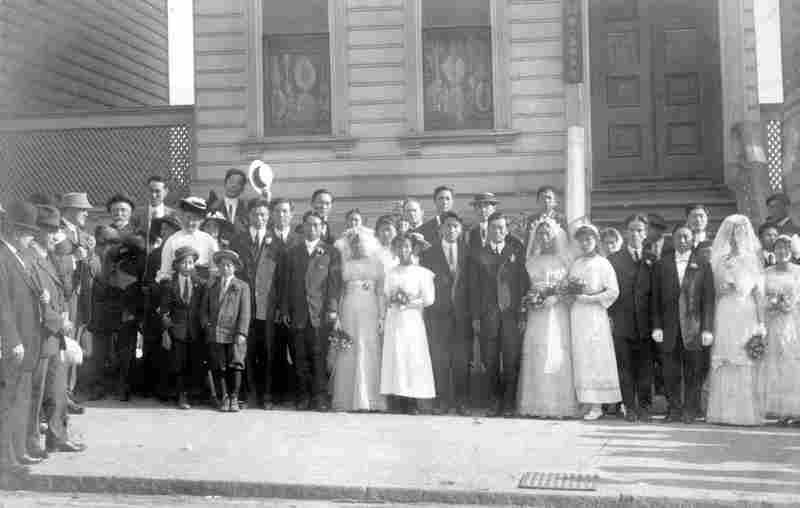One of the Korean War’s outcomes was the emergence of war brides. War brides are foreign women who married military personnel in times of war or during their military occupations of foreign countries, in this case, the Korean War. The United States Army was being stationed in South Korea during and after the war where many married Korean women. U.S. immigrant quotas based on national origin remained in force, but the Korean wives of American soldiers could enter the United States legally as non-quota immigrants under the War Brides Act in 1945 and Immigration and Nationality Act (McCarran-Walter Act) in 1952. From 1953-1960, about five hundred Korean war brides arrived in the United States each year. More than 6,000 women married to American soldiers during and after the war. In Korea, these women were shunned by their family and close acquaintances for marrying non-Koreans or foreigners. After immigrating to the United States, many of them faced racism from Americans who stereotyped them as prostitutes and barmaids. Married to mostly white and black American men, the brides had very little contact with other Koreans. Knowing little to none English and very little about the American culture, adapting to a normal life in the United States was hard for them. Subsequently, many of their marriages did not last long and because many of them came from lower-class lives and had limited educations, it was hard to support themselves and their children after their marriages ended. With time, most of them became American citizens and began connecting with family through the act of 1952.
